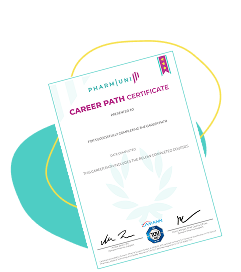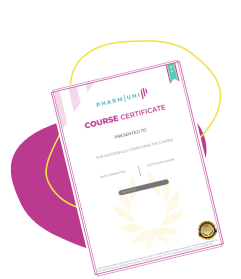GLP (Good Laboratory Practice)
Definition
Good Laboratory Practice (GLP) refers to a set of principles intended to ensure the quality, integrity, and reliability of non-clinical laboratory studies used to support research or marketing authorization of products regulated by government agencies. GLP compliance is essential for laboratories conducting safety testing on pharmaceuticals, chemicals, cosmetics, food additives, and other regulated products.
These guidelines are enforced by regulatory bodies such as the U.S. Food and Drug Administration (FDA), the Organisation for Economic Co-operation and Development (OECD), and the European Medicines Agency (EMA), among others, to maintain consistency and traceability in laboratory practices.
Detailed Explanation
Purpose and Importance of GLP
The primary aim of Good Laboratory Practice is to promote the generation of high-quality and reliable test data. GLP ensures that non-clinical safety studies—typically conducted before clinical trials—are performed in a consistent and controlled manner. This supports regulatory decision-making and protects public health by ensuring that products are safe for human use.
GLP is not a scientific standard but rather a quality system related to the organizational process and the conditions under which laboratory studies are planned, performed, monitored, recorded, archived, and reported.
Key Components of GLP Compliance
- Study Protocols: Clearly defined study plans that outline the objectives, methodology, and data collection procedures.
- Standard Operating Procedures (SOPs): Documented procedures for routine operations to ensure consistency and repeatability.
- Personnel Qualifications: Staff must be trained and qualified for their roles and responsibilities.
- Equipment Calibration and Maintenance: All instruments used in studies must be validated and maintained regularly.
- Data Integrity: Accurate, complete, and secure data recording and archiving practices.
- Quality Assurance (QA): Independent QA units are required to audit studies and verify compliance with GLP standards.
Applications of GLP in the Life Sciences Industry
GLP guidelines are applied across various sectors where non-clinical safety testing is necessary. Common applications include:
- Pharmaceutical Development: Toxicology studies to assess the safety of new drug compounds.
- Agrochemicals: Environmental and mammalian safety assessments for pesticides and herbicides.
- Cosmetics and Food Additives: Safety testing to ensure consumer protection.
- Medical Devices: Biocompatibility testing prior to human trials or market approval.
Global Regulatory Frameworks
GLP is governed by various international and national regulatory frameworks. The OECD Principles of GLP are widely accepted globally and are the basis for mutual acceptance of data among member countries. In the United States, the FDA and the Environmental Protection Agency (EPA) enforce GLP regulations under 21 CFR Part 58 and 40 CFR Part 160, respectively.
Examples of GLP in Practice
- A contract research organization (CRO) conducting a 90-day oral toxicity study on a new chemical entity must follow GLP to ensure the study can be submitted to the FDA as part of an Investigational New Drug (IND) application.
- A pharmaceutical company performing a genotoxicity study on a new drug candidate documents all study procedures, calibrates analytical equipment, and maintains detailed records in accordance with GLP standards.
Consequences of Non-Compliance
Failure to comply with GLP can result in serious regulatory consequences, including rejection of study data, warning letters, import bans, or legal action. Regulatory authorities may conduct inspections to verify GLP adherence, and any deficiencies must be addressed promptly to maintain certification and data credibility.


